“Imagining Church: Envisionings and Embodiments of the Ecclesial Enterprise” Project
A three-year grant from the Lilly Endowment, Inc. Thriving Congregations Initiative 2019
Princeton Theological Seminary received a 3-year grant to establish the “Imaging Church” project, which aims to expand upon the key characteristics of thriving congregations by exploring the extent to which shared imagination – “That Extra Special Something” (TESS) – functions as a key factor in thriving and the ability to continue to thrive. More than one previous social science researcher studying congregations has claimed that TESS “is probably the most important factor” in congregations that thrive, even though it is somewhat intangible and hard to pin down empirically. Our research assays the ways in which shared ecclesial imagination (a church’s view of God, their congregation, their mission, their understanding of the needs in the community, and their approach to decision-making leadership) plays a central role in the dynamism at work in congregations deemed to be thriving. As practical theologians, we are interested in who and what thriving congregations are in relation to shared ecclesial imagination and the degree to which that shared imagination – especially when made explicit and thematized – may serve as a resource for congregations to make changes that allow them to continue to thrive when facing new challenges.
A central feature of our research has to do with expanding previous studies of congregations by foregrounding examples of thriving in a variety of congregational settings, including non-white and non-mainline Protestant contexts. In other words, we are convinced that thriving congregations come in all shapes, sizes, locations, denominations, colors, and ecclesial identities. We intend to broaden the database and the literature concerning congregations considered to be thriving.
In Phase 1 of our research, we focused on understanding how shared ecclesial imagination functions in thriving congregations and developed portraits of 23 thriving congregations from among a variety of candidates recommended by denominational leaders and fellow ecclesial researchers. In Phase 2, we studied ways in which 12 of the worshipping communities used their reflective awareness of shared ecclesial imagination as a resource for developing new ministry initiatives, particularly in a context of overall religious decline and societal stress arising from the COVID-19 pandemic and political polarization around matters of race and gender.
While not a part of the original project proposal, the rapid movement of congregations into digital spaces due to the COVID-19 pandemic has blurred and challenged what we know about typical interactions on- and offline. The past two years have afforded us the opportunity to explore, develop, and become adept at using digital ethnographic methods for studying congregations. As a result, we have learned a great deal about the possibilities and limits of digital ethnography to conduct qualitative empirical research with congregations.
LOCATION: Princeton, New Jersey
CONTACT: Gordon Mikoski
EMAIL: gordon.mikoski@ptsem.edu
PHONE: 609-497-7739

